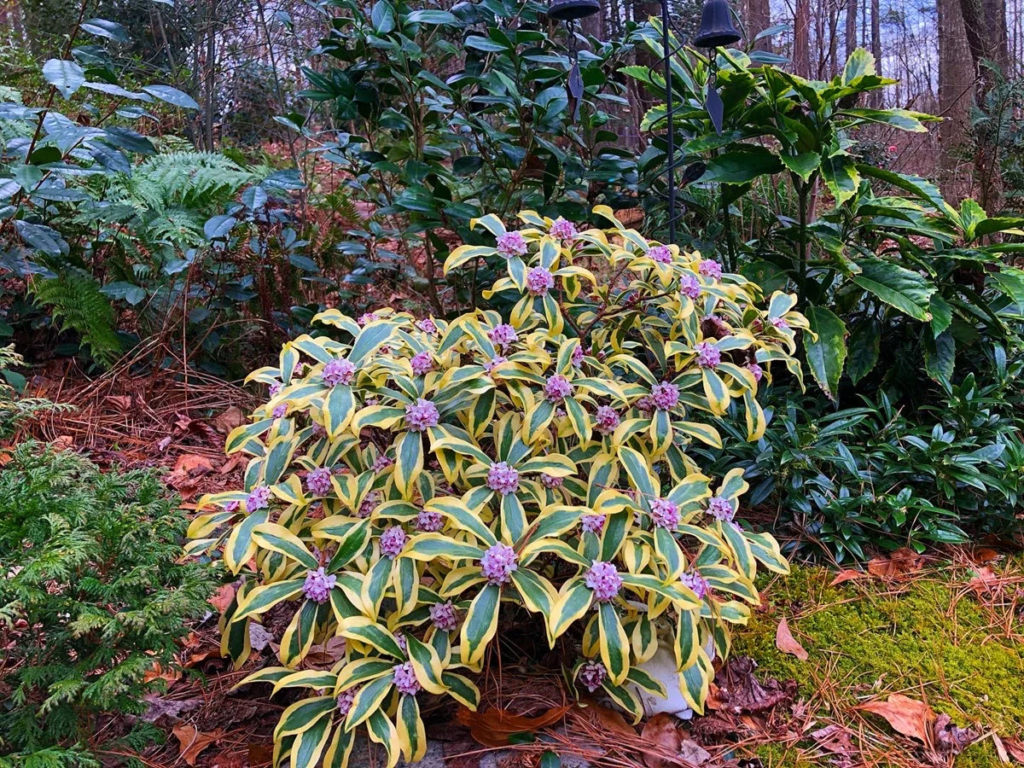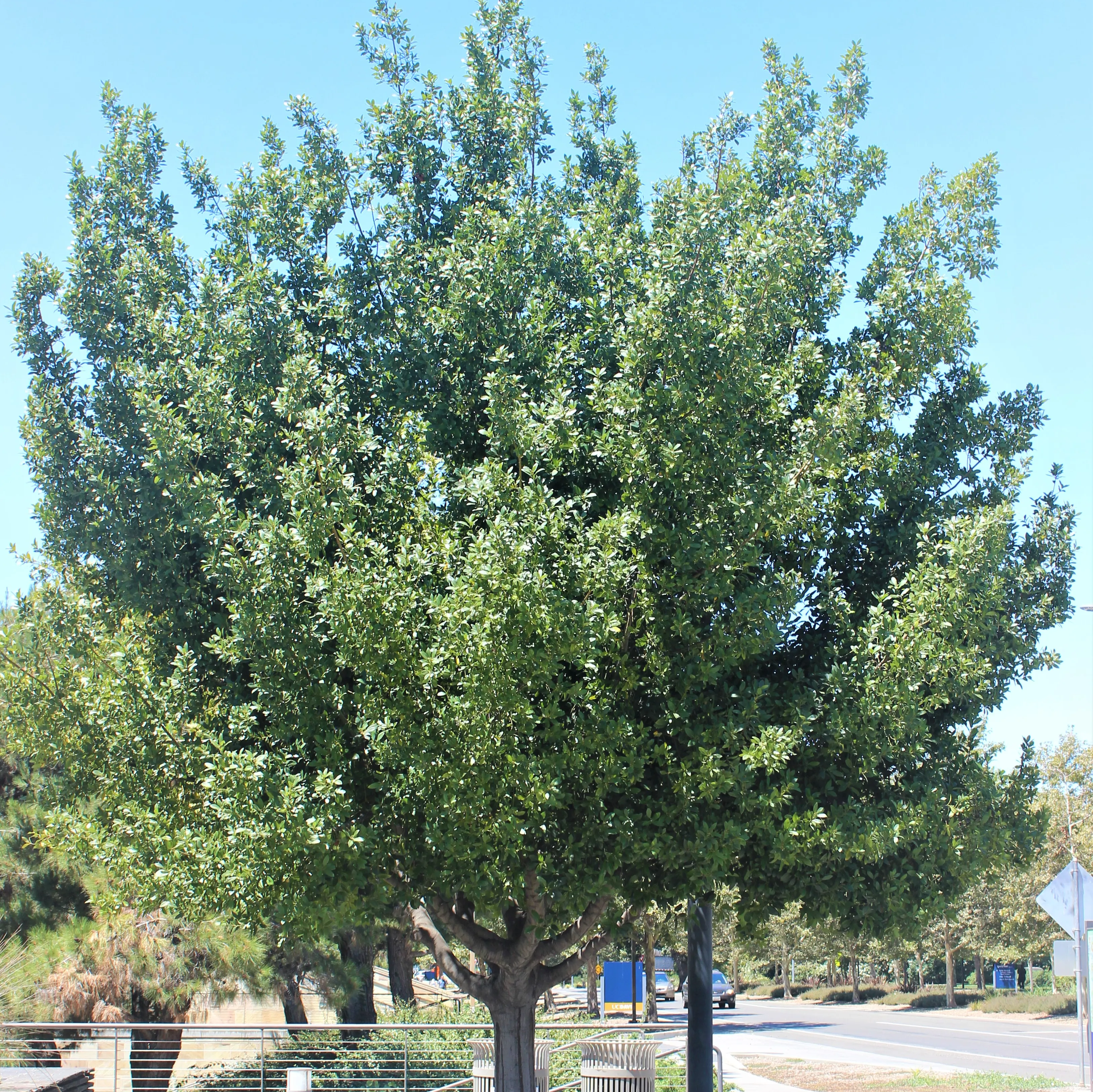The bay tree (Laurus nobilis) is a hardy and decorative plant native to the Mediterranean climate. Known especially for its pleasantly fragrant leaves, this tree can reach heights ranging from 2 to 6 meters. The lower part of its trunk is gray, while the upper part is green. The leaves, which vary in length between 6 and 12 centimeters, retain their fragrance throughout the year. The bay tree comes in both male and female varieties, adding a unique aesthetic to your garden.
Choosing the Right Soil for the Bay Tree

Selecting the right soil is crucial for the healthy growth of a bay tree. The bay tree thrives best in fresh, humus-rich, or limey soils, where it can achieve optimal development. However, it can also grow in dry or rocky soils, making it a very resilient plant. Ensuring ideal soil conditions will result in more vibrant and fragrant leaves.
Planting Time for the Bay Tree

The bay tree is sensitive to cold, so the timing of planting is critical. It is generally recommended to plant it at the beginning of the summer or during the spring season. You can plant the bay tree either in a pot or directly in the ground. In regions where the Mediterranean climate prevails, this tree can be successfully grown outdoors without any issues.
Growing the Bay Tree in a Pot

Growing a bay tree in a pot is both a practical and aesthetic option. A potted bay tree can be a great decorative plant, especially in urban settings such as balconies or terraces. However, pot selection and soil mixture are important in this process. A wide and deep pot should be chosen to allow the roots to grow freely. The soil mixture should ideally be well-drained, humus-rich, and slightly limey. Adding pebbles to the bottom of the pot for drainage will help prevent waterlogging and root rot.
The watering of a potted bay tree should also be done with care. Water should be provided when the soil surface dries out, but overwatering should be avoided. Placing the potted bay tree in a sunny spot that is sheltered from excessive wind will contribute to the healthy development of the plant.
Proper Watering Techniques for the Bay Tree

Watering is a critical factor in the healthy development of the bay tree. The bay tree does not like too much water, so the frequency of watering should be adjusted according to the moisture condition of the soil. Watering should be done when the soil surface has dried, but the soil should not be allowed to dry out completely. The water needs may increase during the summer months, while watering frequency should be reduced in the winter. The bay tree prefers well-drained soils, so it is important to ensure that the soil is well-drained to prevent excess water from accumulating around the roots.
When watering the bay tree, it is best to do so early in the morning or in the evening, when the temperatures are cooler. This reduces evaporation and allows the plant to use the water more efficiently. Additionally, it is preferable not to wet the leaves during watering, as wet leaves can lead to fungal diseases.
Sustainable Cultivation of the Bay Tree

Sustainably cultivating the bay tree is important for both the environment and the long-term health of the plant. Using natural fertilizers, avoiding chemicals, and optimizing water usage are key steps in this process. During the cultivation of the bay tree, it is especially important to maintain the natural structure of the soil by using organic fertilizers. Moreover, applying mulch to the top layer of soil to retain moisture can be beneficial in reducing water consumption.
The Future and Importance of the Bay Tree

The bay tree is not only a decorative plant but has also been traditionally used as a medicinal herb. In addition to being used to add flavor to dishes, its leaves are known for their various health benefits. These versatile uses make the bay tree an ideal plant for your garden or home.
Cultivating the bay tree in a healthy and long-lasting manner is crucial for both preserving the plant and protecting the environment. With proper watering techniques, the right soil selection, and careful maintenance, your bay tree can accompany you for many years to come.


